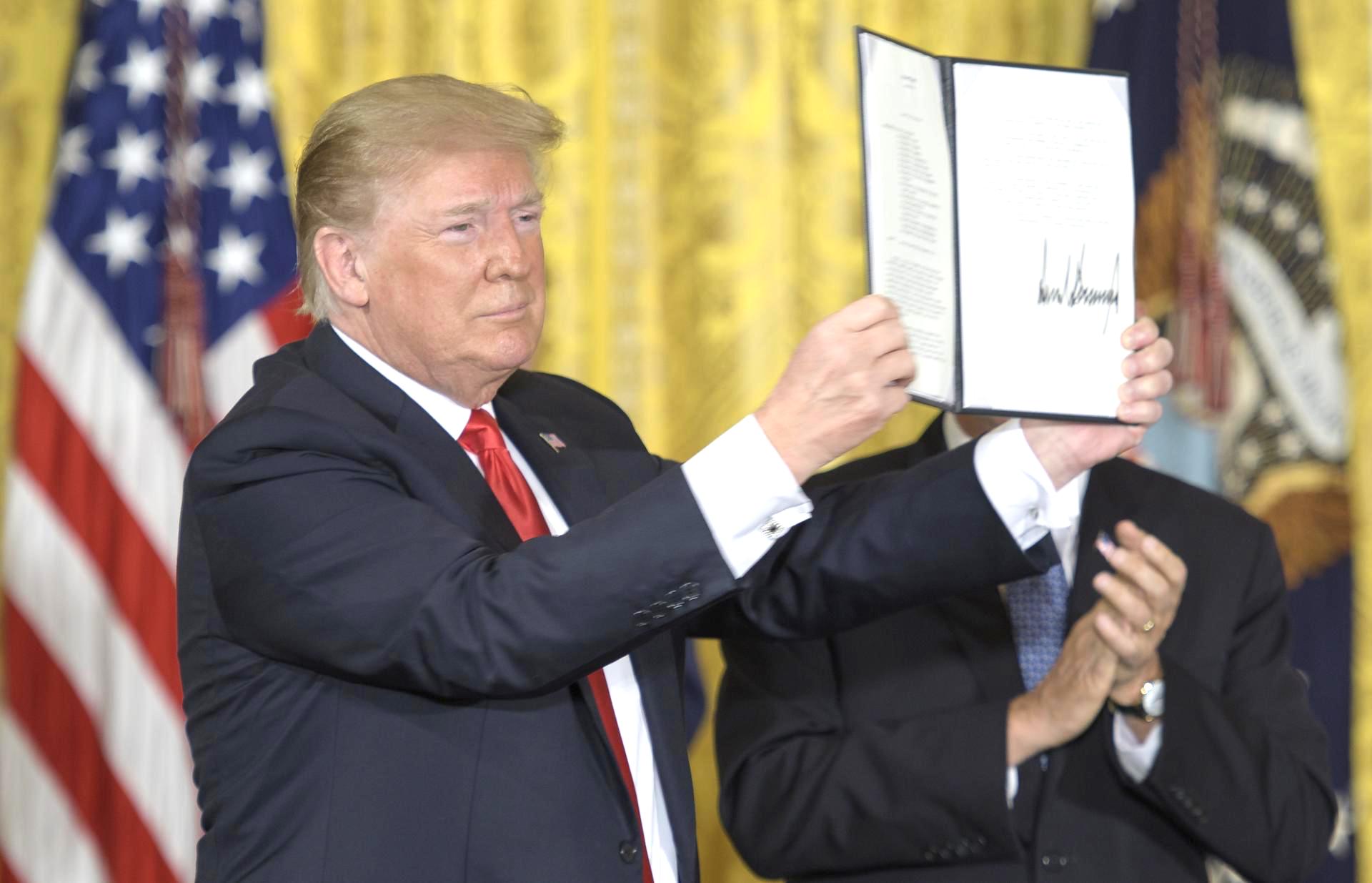Hypersonic Weapons & National Insecurity
by Rajan Menon, Consortium News:
 Weapons that move five times the speed of sound are driving the latest phase of an arms race that not only never ends, but is constantly generating new global risks, writes Rajan Menon.
Weapons that move five times the speed of sound are driving the latest phase of an arms race that not only never ends, but is constantly generating new global risks, writes Rajan Menon.
Hypersonic weapons close in on their targets at a minimum speed of Mach 5, five times the speed of sound or 3,836.4 miles an hour. They are among the latest entrants in an arms competition that has embroiled the United States for generations, first with the Soviet Union, today with China and Russia. Pentagon officials tout the potential of such weaponry and the largest arms manufacturers are totally gung-ho on the subject. No surprise there. They stand to make staggering sums from building them, especially given the chronic “cost overruns” of such defense contracts — $163 billion in the far-from-rare case of the F-35 Joint Strike Fighter.
Voices within the military-industrial complex — the Defense Department; mega-defense companies like Lockheed Martin, Northrup Grumman, Boeing, and Raytheon; hawkish armchair strategists in Washington-based think tanks and universities; and legislators from places that depend on arms production for jobs — insist that these are must-have weapons. Their refrain: unless we build and deploy them soon we could suffer a devastating attack from Russia and China.
The opposition to this powerful ensemble’s doomsday logic is, as always, feeble.
The Illogic of Arms Races
Hypersonic weapons are just the most recent manifestation of the urge to engage in an “arms race,” even if, as a sports metaphor, it couldn’t be more off base. Take, for instance, a bike or foot race. Each has a beginning, a stipulated distance, and an end, as well as a goal: crossing the finish line ahead of your rivals. In theory, an arms race should at least have a starting point, but in practice, it’s usually remarkably hard to pin down, making for interminable disputes about who really started us down this path. Historians, for instance, are still writing (and arguing) about the roots of the arms race that culminated in World War I.
The arms version of a sports race lacks a purpose (apart from the perpetuation of a competition fueled by an endless action-reaction sequence). The participants just keep at it, possessed by worst-case thinking, suspicion, and fear, sentiments sustained by bureaucracies whose budgets and political clout often depend on military spending, companies that rake in the big bucks selling the weaponry, and a priesthood of professional threat inflators who merchandise themselves as “security experts.”

President Trump holds up Space Policy Directive-3 at the White House on June 18, 2018. (NASA/Bill Ingalls)
While finish lines (other than the finishing of most life on this planet) are seldom in sight, arms control treaties can, at least, decelerate and muffle the intensity of arms races. But at least so far, they’ve never ended them and they themselves survive only as long as the signatories want them to. Recall President George W. Bush’s scuttling of the 1972 Anti-Ballistic Missile Treaty and the Trump administration’s exit from the Cold War-era Intermediate-Range Nuclear Forces (INF) Treaty in August. Similarly, the New START accord, which covered long-range nuclear weapons and was signed by Russia and the United States in 2010, will be up for renewal in 2021 and its future, should Donald Trump be reelected, is uncertain at best. Apart from the fragility built into such treaties, new vistas for arms competition inevitably emerge — or, more precisely, are created. Hypersonic weapons are just the latest example.
Arms races, though waged in the name of national security, invariably create yet more insecurity. Imagine two adversaries neither of whom knows what new weapon the other will field. So both just keep building new ones. That gets expensive. And such spending only increases the number of threats. Since the end of the Cold War in 1991, U.S. military spending has consistently and substantially exceeded China’s and Russia’s combined. But can you name a government that imagines more threats on more fronts than does the U.S.? This endless enumeration of new vulnerabilities isn’t a form of paranoia. It’s meant to keep arms races humming and the money flowing into military (and military-industrial) coffers.
One-Dimensional National Security
Such arms races come from the narrow, militarized definition of “national security” that prevails inside the defense and intelligence establishment, as well as in think tanks, universities, and the most influential mass media. Their underlying assumptions are rarely challenged, which only adds to their power. We’re told that we must produce a particular weapon (price tag be damned!), because if we don’t, the enemy will and that will imperil us all.
Such a view of security is by now so deeply entrenched in Washington — shared by Republicans and Democrats alike — that alternatives are invariably derided as naïve or quixotic. As it happens, both of those adjectives would be more appropriate descriptors for the predominant national security paradigm, detached as it is from what really makes most Americans feel insecure.
Consider a few examples.
Unlike in the first three decades after World War II, since 1979 the average U.S. hourly wage, adjusted for inflation, has increased by a pitiful amount, despite substantial increases in worker productivity. Unsurprisingly, those on the higher rungs of the wage ladder (to say nothing of those at the top) have made most of the gains, creating a sharp increase in wage inequality. (If you consider net total household wealth rather than income alone, the share of the top 1 percent increased from 30 percent to 39 percent between 1989 and 2016, while that of the bottom 90 percent dropped from 33 percent to 23 percent.)
Because of sluggish wage growth many workers find it hard to land jobs that pay enough to cover basic life expenses even when, as now, unemployment is low (3.6 percent this year compared to 8 percent in 2013). Meanwhile, millions earning low wages, particularly single mothers who want to work, struggle to find affordable childcare — not surprising considering that in 10 states and the District of Columbia the annual cost of such care exceeded $10,000 last year; and that, in 28 states, childcare centers charged more than the cost of tuition and fees at four-year public colleges.
Workers trapped in low-wage jobs are also hard-pressed to cover unanticipated expenses. In 2018, the “median household” banked only $11,700, and households with incomes in the bottom 20 percent had, on average, only $8,790 in savings; 29 percent of them, $1,000 or less. (For the wealthiest 1 percent of households, the median figure was $2.5 million.) Forty-four percent of American families would be unable to cover emergency-related expenses in excess of $400 without borrowing money or selling some of their belongings.
Read More @ ConsortiumNews.com
Loading...


